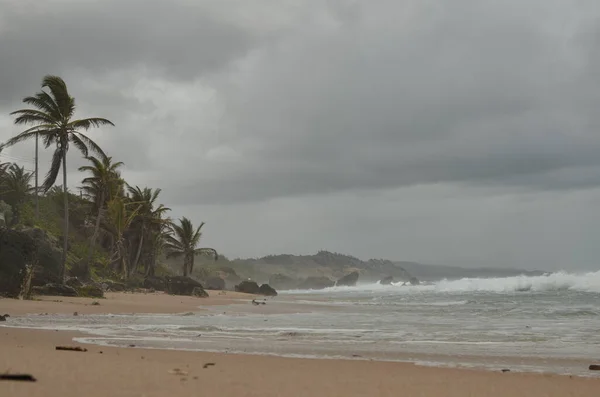
When a hurricane becomes the strongest that ever hit Jamaica directly, the aftermath is not just about shattered buildings; it’s about lives upended, communities fractured, and the urgent need to rebuild both infrastructure and hope. The catastrophic sweep of Hurricane Melissa through Haiti, Jamaica, and Cuba has left a trail of destruction that demands immediate action and long-term resilience.
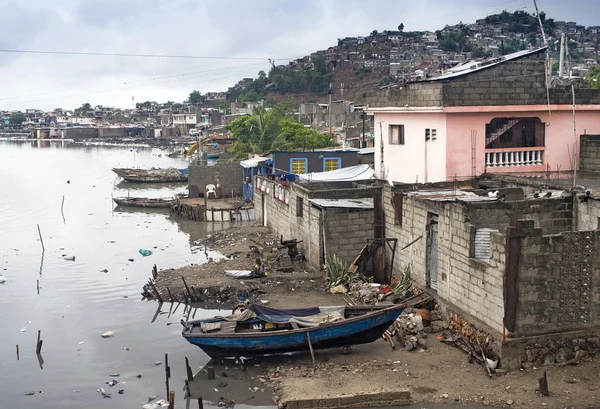
1. Haiti’s Heavy Toll
The southern Haitian coastal town of Petit-Goâve was the most affected in this Caribbean country: a river burst its banks, knocking down dozens of homes and leaving at least 20 dead, including 10 children. “I had four children at home: a one-month-old baby, a seven-year-old, an eight-year-old and another who was about to turn four,” said Steven Guadard, a resident. More than 11,600 people stay in emergency shelters, according to authorities, who warned that 152 residents with disabilities have urgent needs for food.
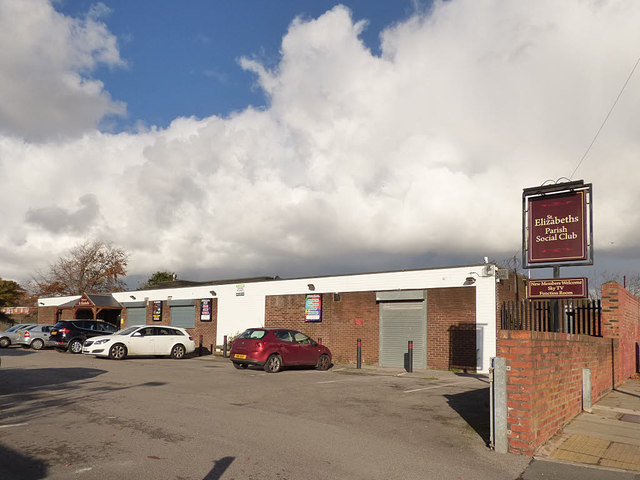
2. Jamaica’s Western Parishes in Ruin
Landfall as a Category 5 hurricane from Melissa tore roofs off homes, flooded hospitals, and cut off more than 70% of Jamaica’s population from electricity and water supplies. The hardest-hit areas included the parishes of St Elizabeth and St James, where communities were cut off by landslides and floodwaters. In Black River, Prime Minister Andrew Holness toured “ground zero” of the storm’s fury, pointing out historic buildings and medical facilities that were destroyed. “I don’t have a house now,” said Sylvester Guthrie, who was left with only his bicycle after the storm. “I am going to need help.”
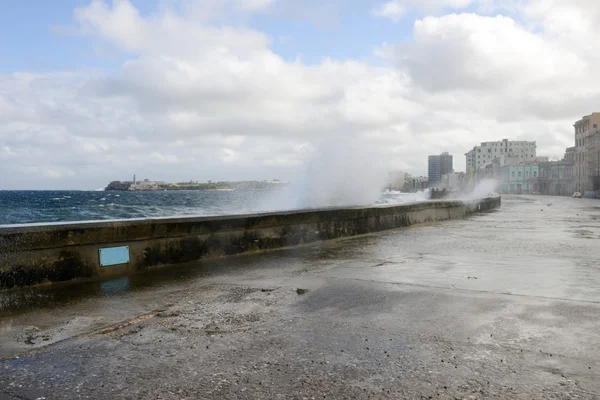
3. Mass Evacuations in Cuba
While Cuba said no one was killed, the level of devastation was immense: more than 735,000 people were evacuated as Melissa pounded eastern provinces with winds in excess of 200 km/h. Communities in Santiago de Cuba and the surrounding countryside had roads blocked, power lines down, and losses in banana, cassava, and coffee plantations. President Miguel Díaz-Canel called for vigilance amid “significant damage,” urging continued precautions.
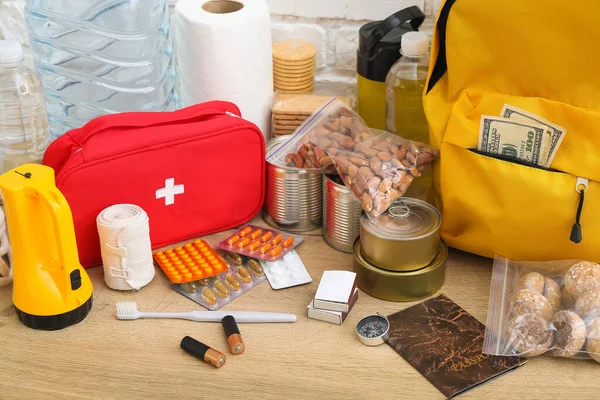
4. Humanitarian Response Gains Momentum
This includes the flow of international aid from the United States, the United Kingdom, and China, along with NGOs, as relief flights touch down in reopened airports packed with generators, food, and water. In Cuba, the anticipatory action framework helped make sure supplies reached the most vulnerable in time. Some 3.5 million early warning messages in Haiti, and homes pre-positioned for shelter, have kept people alive in spite of the slow, punishing advance of the storm.

5. Resilience in the Face of Psychological Loss
The Pan American Health Organization explains that strong emotional reactions can arise after disasters and may manifest in sadness, fear, and anger. Re-establishing routines helps survivors cope, as well as seeking support and engaging in community activities. “Helping others and getting help from others is one of the best ways to cope with difficulties,” PAHO advises. Grassroots efforts in Jamaica range from neighbours looking out for neighbours to artists such as Trevor ‘Zyanigh’ Whyte making use of generators and satellite internet to reconnect communities.

6. Protection of Vulnerable Groups
Children, the elderly, and disabled citizens require special attention in the aftermath of such disasters. PAHO’s “Stronger Together” campaign encourages the community to listen to children, keep them safe, and give them an avenue for expression of their concerns. Additionally, calls for targeted aid for disabled residents in Haiti are underlining the need for inclusive recovery planning.
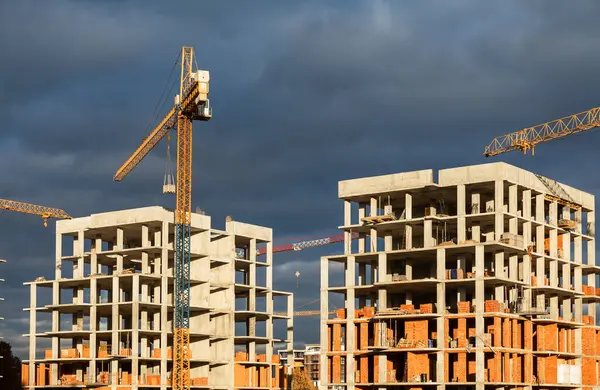
7. Rebuilding Infrastructure for Future Resilience
Recovery after a hurricane is not about replacing; it’s about building back stronger. In Jamaica, a major water system serving up to 40% of St James and most of Hanover was washed away, putting a fine point on the need for resilient infrastructure. The clearing of 82 blocked roads and restoring power to millions will be an uphill task; experts, however, say integrating disaster-resistant designs into such projects can reduce risks in the future.

8. Addressing Long-Term Mental Health Impacts
Caribbean youth are particularly vulnerable to climatic-related disasters, with increased anxiety, depression, and ecological grief. The Caribbean Youth Mental Health and Climate Agenda urges an interdisciplinary response to decolonize mental health policy by guaranteeing that their recovery strategies are shaped by young voices. Inequities in outcomes will worsen in the absence of accessible mental health services.

8. Community Spirit as an Engine of Recovery
Yet amidst the devastation, acts of solidarity emerge. In Jamaica, strangers opened their homes to aid workers and journalists coming to document the crisis. Rapper Sean Paul pledged to match donations up to $50,000 for Food for the Poor Jamaica, saying, “Together we can double the impact and help even more families get back on their feet.”
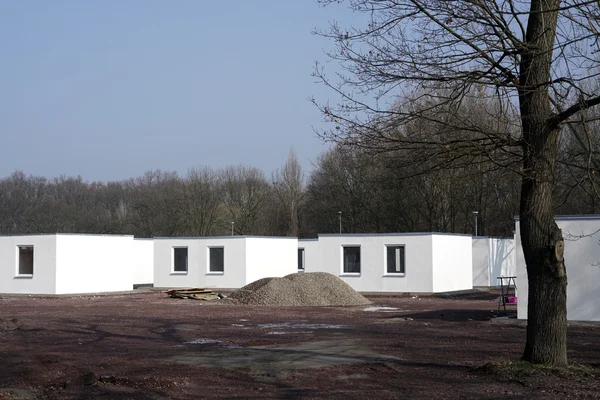
10. Staying Safe During Ongoing Threats
As Melissa churns her way toward Bermuda, officials called on residents to wrap up any preparations and remain indoors until the “All Clear” has been given. The path of the storm is a reminder that recovery will have to continue alongside readiness for the next hazard, as hurricanes grow more frequent and powerful in the region. The road ahead for Haiti, Jamaica, and Cuba is steep, but with coordinated aid, community resilience, and attention to mental health, the Caribbean can rebuild stronger and better prepared for storms yet to come.


